7 rare animals about to disappear forever from this planet
These animals are critically endangered, some even thought to be extinct.
Is it too much to say that the appearance of humans has upset the natural order? Over time, we have pushed countless species to extinction, existing only in books and documents.
And even if we are aware of the consequences, human efforts to preserve rare animals are still not enough. Poaching is still there, and even if it weren’t, climate change is pushing many species to the brink of extinction.
Below are the animals most at risk of extinction in the Red List published by the International Union for Conservation of Nature (IUCN).
1. Bornean Orangutan
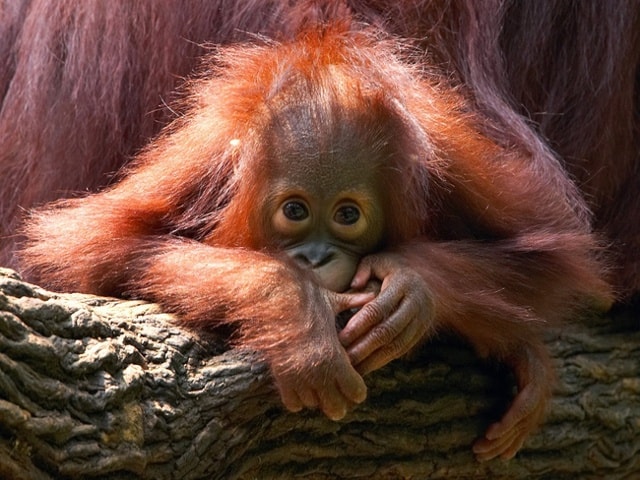 |
Bornean orangutans are native to the island of Borneo (Indonesia). They are quite different from the common orangutan, with a wider face and shorter hair.
As of July 2016, the IUCN listed this orangutan species as critically endangered, due to a 60% decline in its population since 1950. It is predicted that by 2025 this number will decrease by another 22%.
The cause of this tragedy is the loss of their habitat, as forests are destroyed for human consumption, and illegal hunting. Furthermore, Bornean orangutans have a very low birth rate, making their conservation even more difficult.
2. Sumatran rhinoceros
The Sumatran rhinoceros is the only Asian rhinoceros with two horns. It lives in the mountainous regions of Malaysia, Indonesia and Myanmar.
 |
The Sumatran rhinoceros is also the most endangered rhinoceros in the world, along with the Javan rhinoceros. It is estimated that only 220 - 275 individuals remain today. They are seriously threatened by poaching, yet governments have not found a way to completely prevent it.
It is estimated that in just 15 years, the last rhinos may be gone forever.
3. Pika Rabbit
Although they are rabbits, Pikas look more like rats. They are rodents native to the mountainous regions of Xinjiang, China.
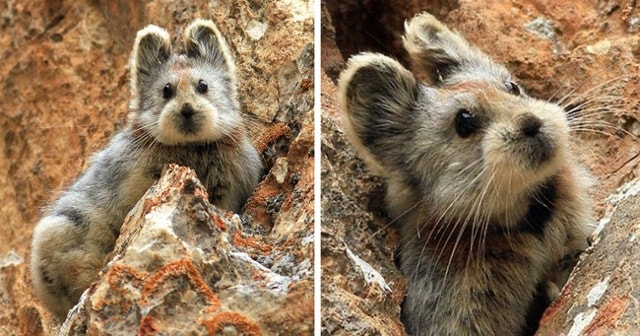 |
However, since its discovery in 1983, the Pika's population has declined by 70%. The reason is that global warming has reduced the Pika's habitat, forcing them to move up into the mountains to survive.
In addition, human-caused air pollution also causes species numbers to decline.
4. Giant otter
The giant otter (scientific name: Pteronura brasiliensis) is the largest otter species in the world, with a body length of up to 1.8 m.
At the same time, this is also the rarest otter species in the world, with only a few thousand left in the wild.
 |
Giant otters exist only in South America. However, they have been hunted extensively by humans because of their thick, unique-patterned skin.
Furthermore, they need a lot of fish to survive, while the water source in the Amazon River is seriously polluted due to human exploitation activities. It is recorded that many otters have died because of the high concentration of mercury accumulated when hunting.
5. Amur Leopard
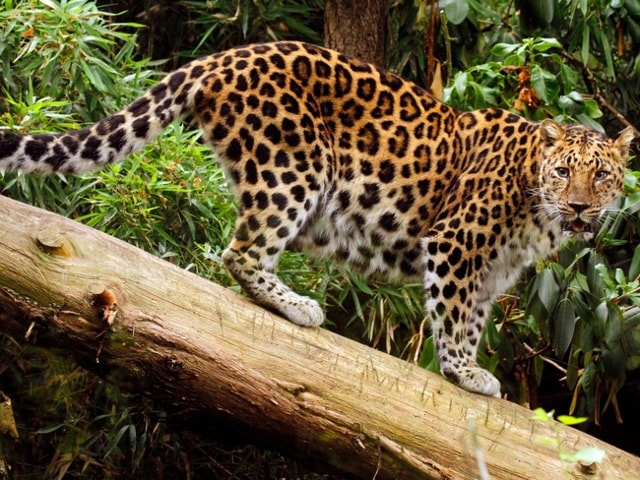 |
Asia’s majestic, graceful creature, the Amur leopard, is one of the world’s most endangered animals, with an estimated 60 individuals remaining in the wild. The cause remains the same: humans hunt it for its skin and fur.
Today, the Amur leopard only exists in the Amur-Heilongjiang River basin of Russia (this region is in Asia). It is recorded that they have become extinct in China and Korea.
6. Darwin's Fox
Discovered in 1834 by the father of evolution, Darwin's fox (Lycalopex fulvipes) now exists only in two areas of Chile: in Nahuelbuta National Park and Chiloè Island.
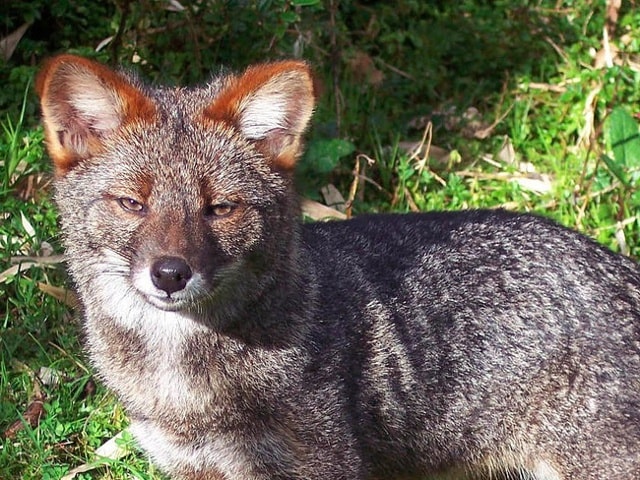 |
This species of fox is also endangered, even considered an "umbrella species" - a term used for animals that are very important to nature. Protecting these species also means preserving the ecosystem next to it.
7. Saola
Up to now, saola has only been found in the mountainous regions of Vietnam and Laos.
They are one of the rarest animals in the world, known as the “Asian unicorn”. So rare that experts have only seen them in the wild a total of four times.
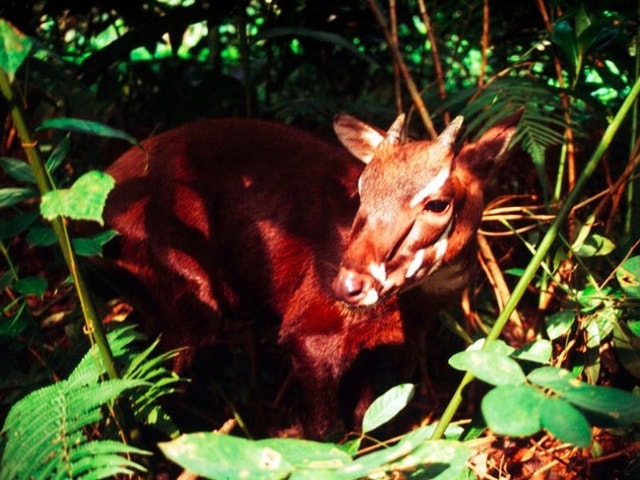 |
Saola are currently critically endangered, to the point of almost disappearing in Vietnam due to poaching and human exploitation activities that have narrowed their habitat.
According to Young Knowledge
| RELATED NEWS |
|---|
